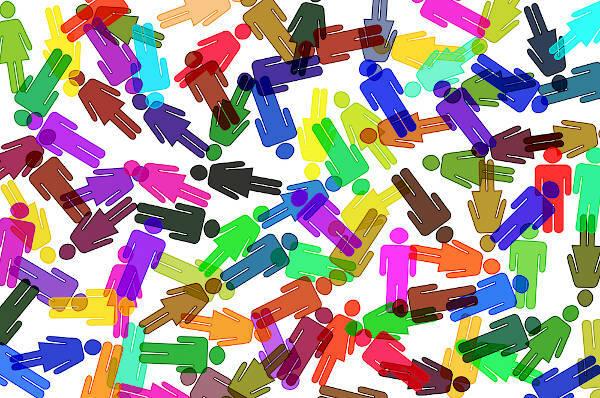It is very common, in a situation of embarrassment, for a person to be embarrassed and feel the face heat up and turn red, especially in the cheek region.
The blushing, as this embarrassment redness is called, is commanded by the sympathetic nervous system. It is an involuntary reaction, that is, there is no way to induce it, it only occurs in situations in which the person feels embarrassed or ashamed.
When an embarrassing situation occurs, the individual's body releases adrenaline, a hormone that acts as a natural stimulant, generating a range of effects, including blushing. Adrenaline, when triggered, speeds up breathing and heartbeat, in addition to dilating the pupils, slows down the digestive process so that energy is directed to your muscles. This set of effects are the ones that generate the shock that the individual feels when embarrassed.
This hormone also causes the blood vessels to dilate in order to favor blood flow and oxygen transport, resulting in flushing.
There is a signal from the chemical transmitter adenylate cyclase that gives the command to the veins in the face to allow the adrenaline to "work", this yes, they cause the veins to dilate allowing more blood to flow than usual, leaving the face with a reddish tinge of shame.
Normally the superficial blood vessels in the dermis are responsive to adrenaline, but the veins are not. are, as, for example, in other regions of the body the veins do not react when the adrenaline is released. There are other circumstances in which the cheeks are flushed, such as drinking alcoholic beverages, but the flushing triggered by adrenaline is caused solely by embarrassment.
There is a surgical method called Endothoracic Simptectomy that limits the person's face flushing.
by Eliene Percília
Brazil School Team
Source: Brazil School - https://brasilescola.uol.com.br/curiosidades/por-que-as-pessoas-se-ruborizam.htm


